Unifying vocational education management under the Ministry of Education and Training under the direction of the Party and Government is a strategic solution, not only helping to streamline the management apparatus but also increasing efficiency in developing and implementing educational policies.

Students and parents listen to advice at the 2024 University and College Admissions Consulting Day - Photo: DUYEN PHAN
Public opinion strongly supports this policy, hoping that it will help remove one of the institutional bottlenecks in education and training (ET), create a closer connection between all levels of education, from general education to university and vocational education, and help streamline and connect more effectively thanks to the unified leadership of the Ministry of Education and Training.
Dr. Hoang Ngoc Vinh
Consequences of bottlenecks
The management separation between the Ministry of Education and Training and the Ministry of Labor, War Invalids and Social Affairs (MOLISA) is one of the major barriers to the development of high-quality human resources in Vietnam.
While the Ministry of Education and Training is responsible for general and university education, the Ministry of Labor, Invalids and Social Affairs manages vocational education. This division leads to a lack of coordination in the management system, making it difficult to coordinate the implementation of training policies, especially the process of student streaming after secondary school.
General schools often lack teachers and facilities to teach vocational skills, while vocational schools, although qualified, fail to attract students due to a lack of close coordination with general schools.
In addition, the parallel existence of vocational college and "non-vocational" college programs - which were previously under the management responsibility of the Ministry of Education and Training - has caused many difficulties for businesses and training organizations despite the existence of a unified national qualification framework.
In addition to the overlap in management, there is duplication of functions and tasks between units, causing complexity for the apparatus. At the Ministry of Labor, Invalids and Social Affairs, the General Department of Vocational Education has units with similar functions to the Ministry of Education and Training.
At the provincial and district levels, the establishment of vocational education departments and vocational education centers has made the system cumbersome and ineffective.
At the same time, the lack of overall planning for human resource training leads to an imbalance in the national human resource structure, affecting the ability to meet labor market needs.
Although there are some good quality vocational schools and training institutions, the lack of linkages with general education and university programs makes it difficult for students to clearly define their educational and career paths.
Expectations and challenges
The unified state management of education and training and the improved vocational education system help students have more choices of vocational training paths, workers have opportunities for lifelong learning and improve their vocational skills, improving employment opportunities.
Vocational education institutions are expected to have stronger development conditions; more favorable links between general education - vocational education and university education; a synchronous legal system and unified management information will help increase the effectiveness and efficiency of education and training.
Society expects a quality and effective vocational education system, which is one of the pillars of training high-quality human resources, improving national competitiveness and reducing waste of facilities and human resources.
However, reality shows that the higher the expectation, the greater the challenge. There is still a lot of work to do because of the urgent time and the huge workload from the central to the local departments and agencies.
From having to reorganize the apparatus when transferring some former units of the General Department of Vocational Education to the Ministry of Education and Training to reviewing mechanisms, policies, strategies, arranging and receiving resource handover, integrating management information systems to avoid causing congestion in the entire system.
The issue of personnel arrangement needs special attention when restructuring. Therefore, in addition to reviewing and evaluating the functions and tasks of the units in the ministry, designing objective, reliable, public and transparent assessment criteria for the capacity and quality of the team is the first important task to reassure those who leave and those who stay.
A strong, professional, and dedicated staff team serving the people always plays a core role in restructuring the organization to be streamlined, strong, effective, efficient, and effective.
To avoid confusion and duplication of work, it is necessary to develop a detailed roadmap and plan for merging and streamlining the apparatus. Enhance communication and respond quickly to the opinions of stakeholders, especially the opinions of educational institutions participating in the change process.
In addition to ensuring the necessary financial, human and physical resources for the transition process, there needs to be an inter-ministerial and inter-departmental coordination mechanism in the early stages of the transition to limit disruption of operations.
It is worth noting that 63 localities need to be proactive in having immediate plans to arrange and streamline the apparatus of the Department of Education and Training, not waiting for the Ministry of Education and Training but need to proceed immediately and in parallel with the restructuring process of the Ministry of Education and Training according to the policy of administrative decentralization.
From thinking to action
The correct thinking has been put forward by the Party and Government leaders, the problem is to implement it into practical actions, which requires a common awareness in society, and the revolutionary will of the entire system to join hands to remove institutional bottlenecks in human resource training. How to have a strong, efficient, effective and efficient apparatus is the first question that needs to be asked in the process of restructuring the apparatus.
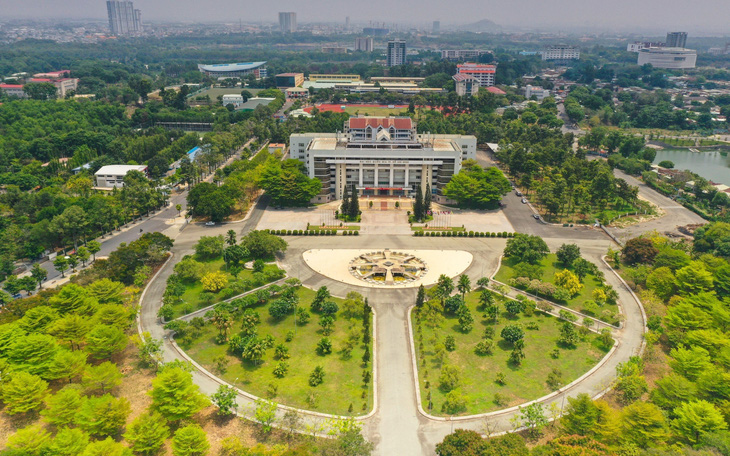 Removing institutions opens the way for university autonomy
Removing institutions opens the way for university autonomySource: https://tuoitre.vn/go-diem-nghen-the-che-ve-giao-duc-va-dao-tao-2024121123283554.htm


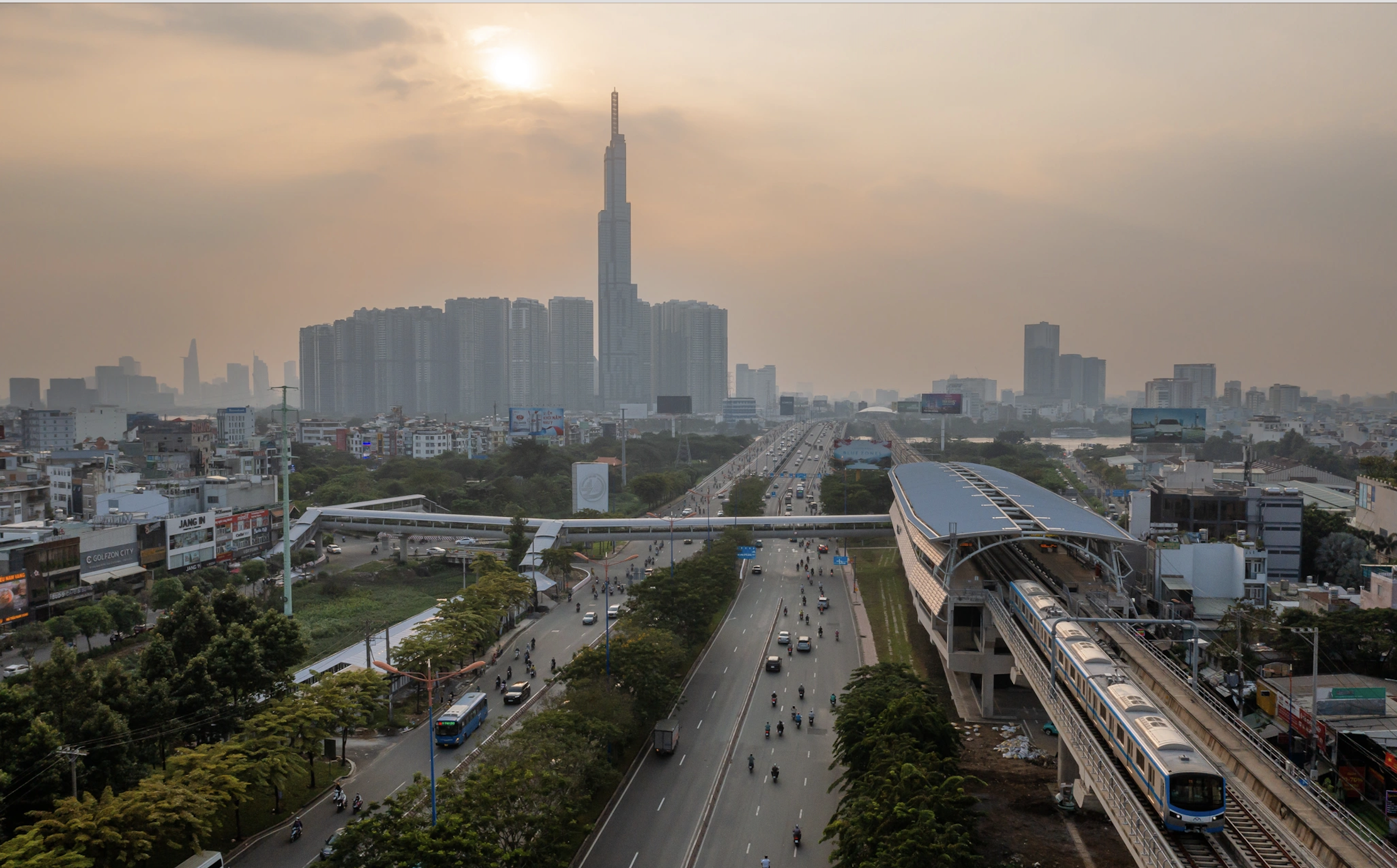












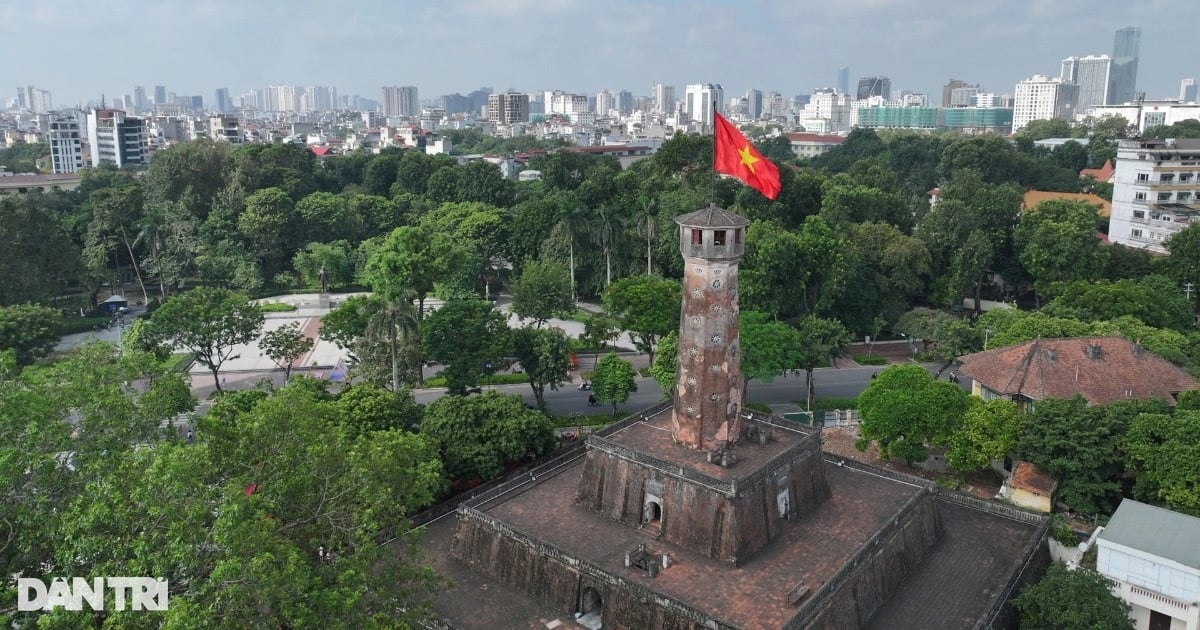
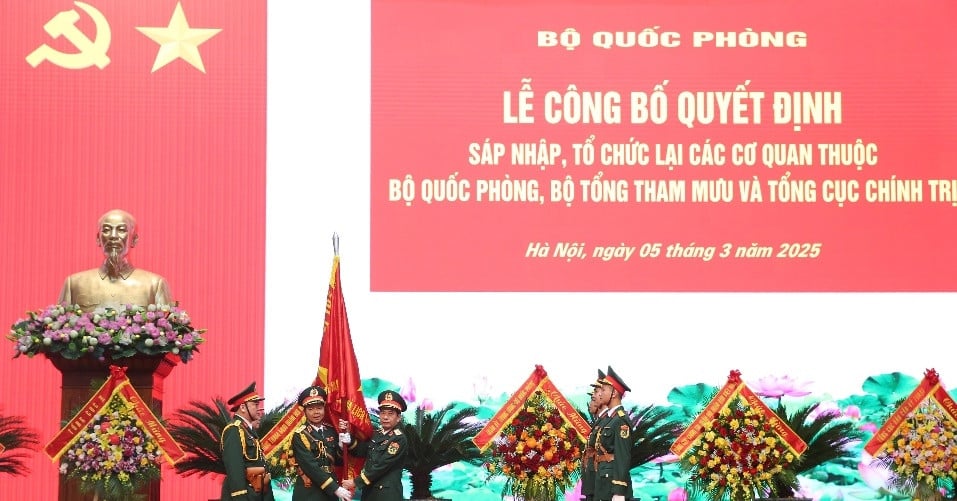

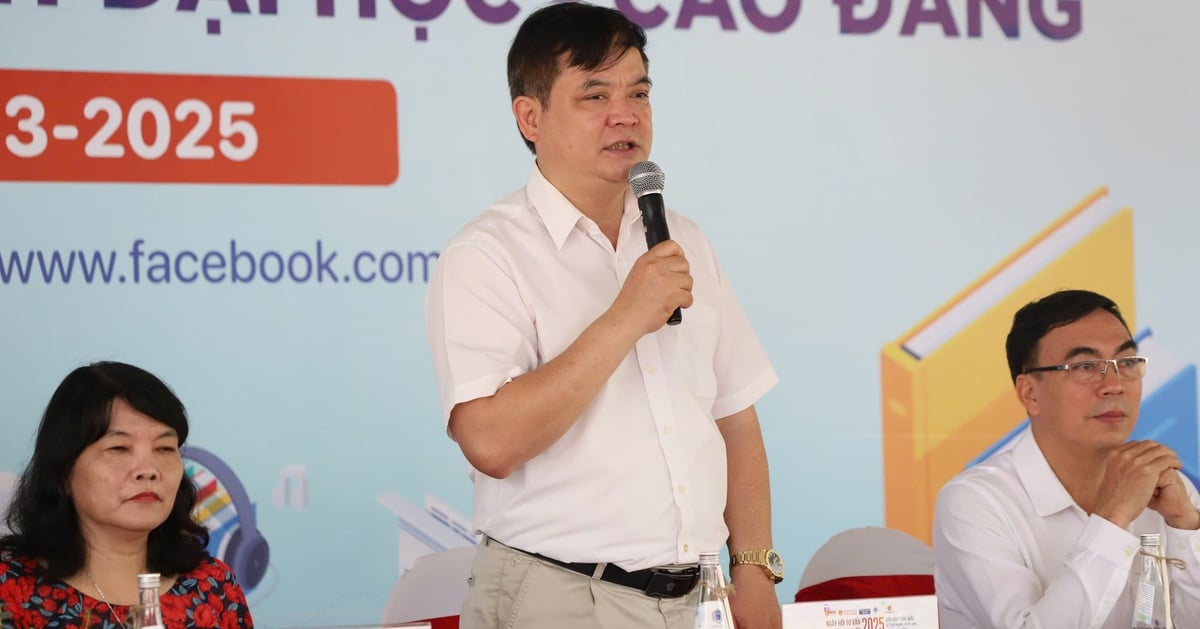
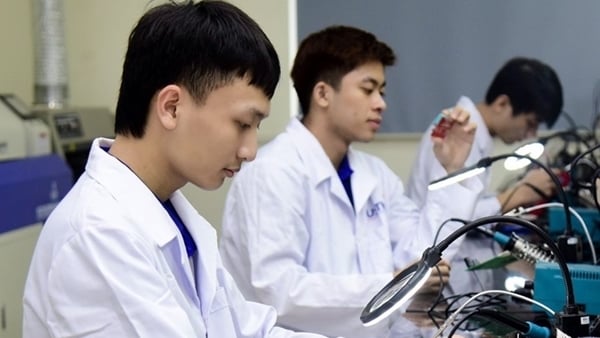

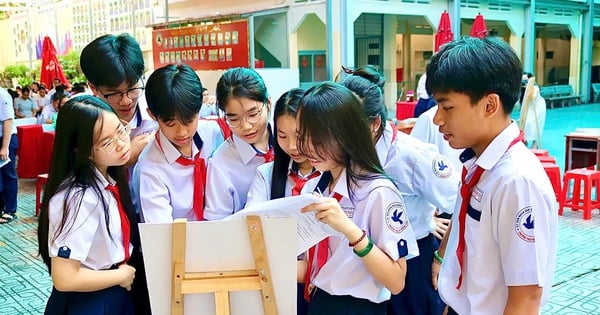

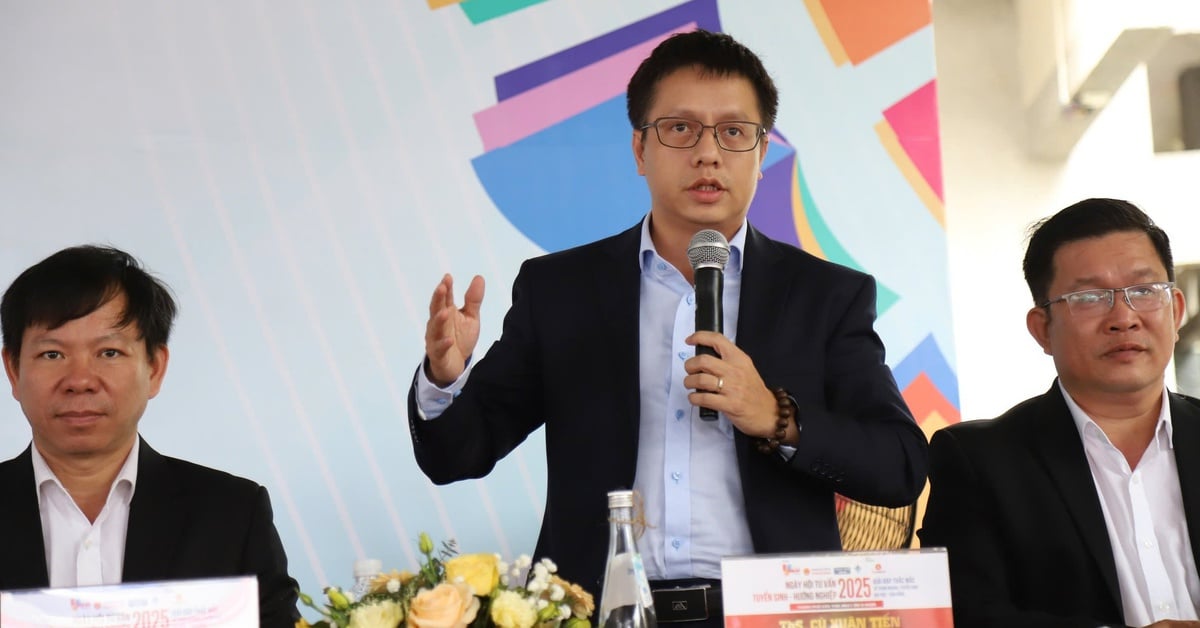
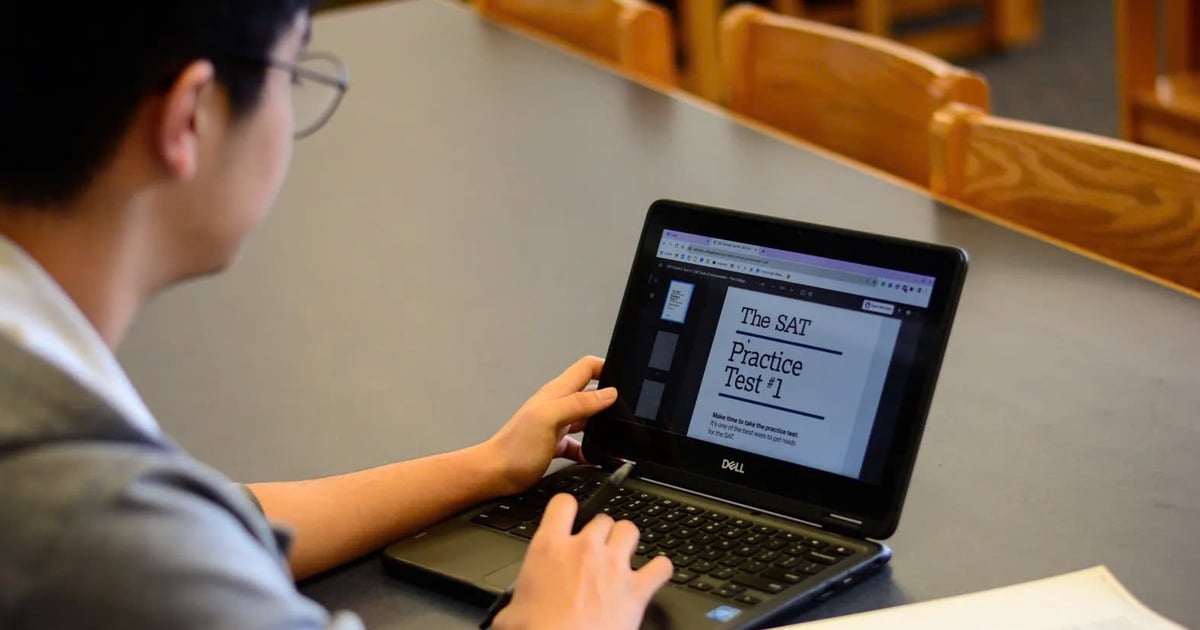




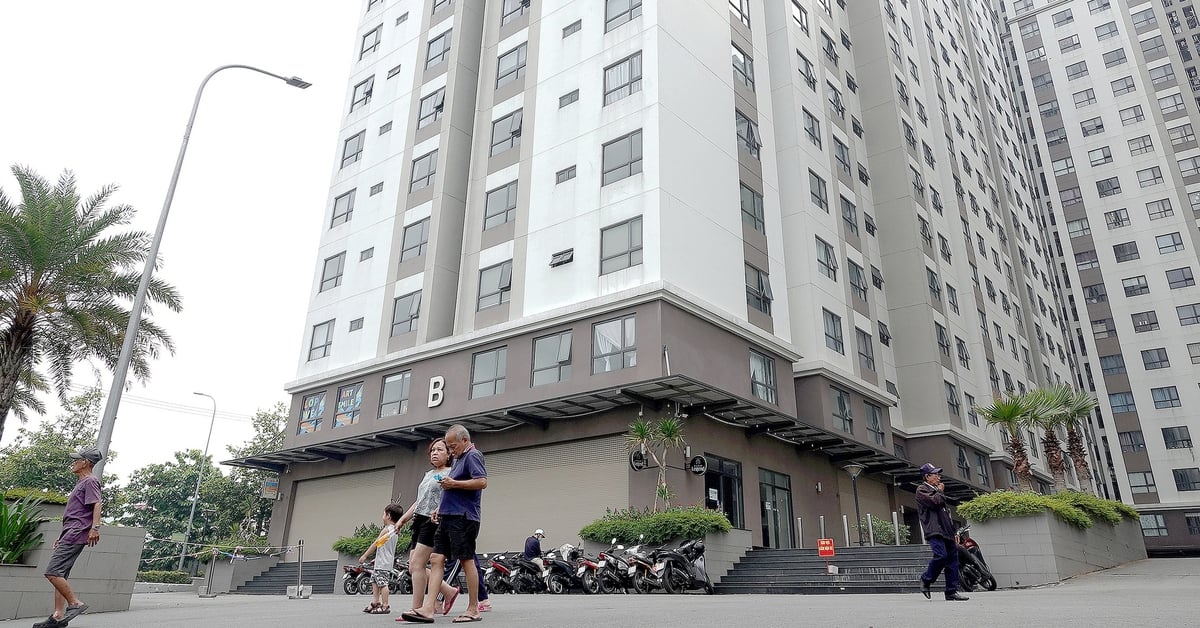

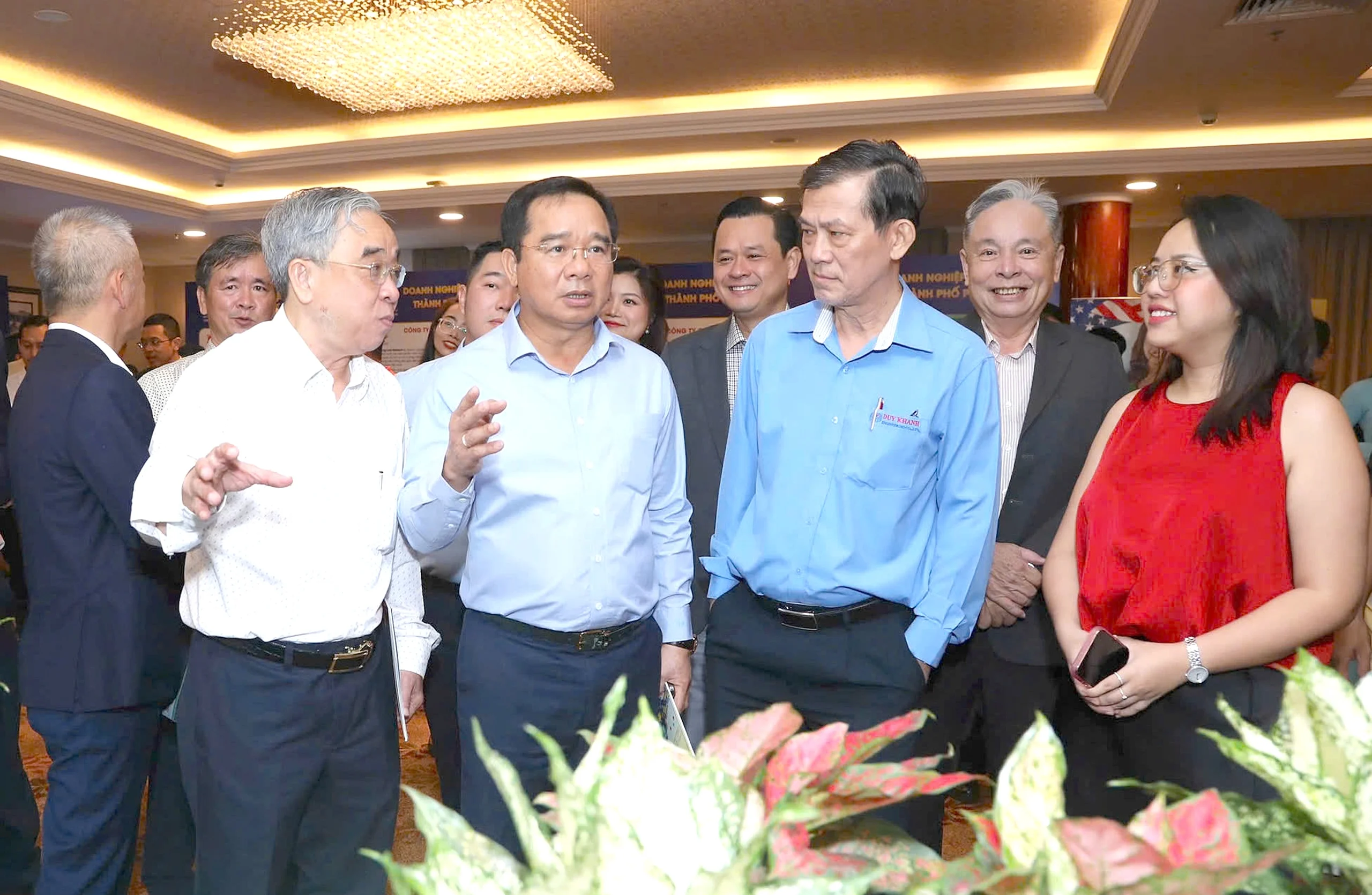












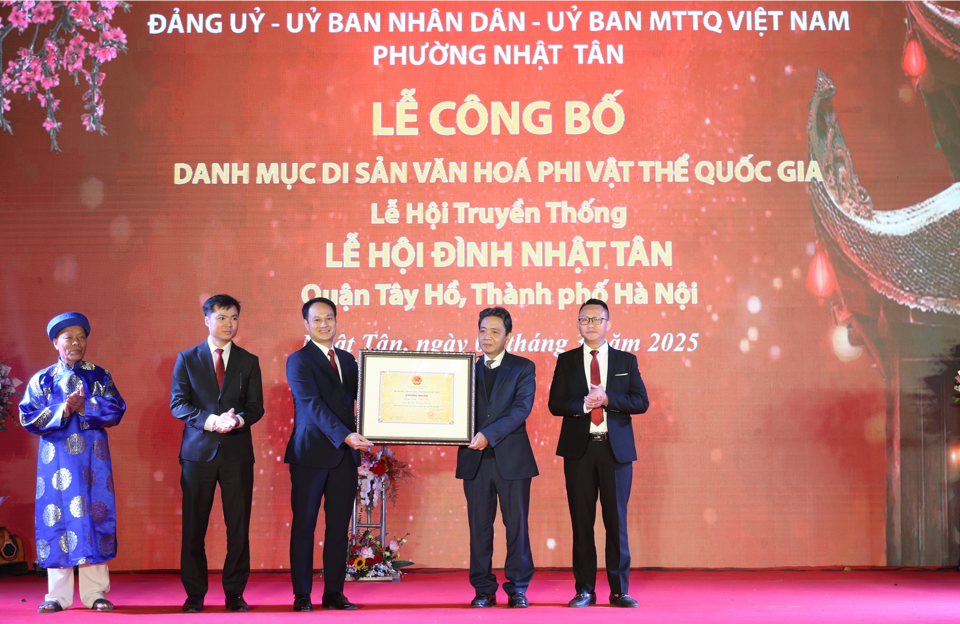
















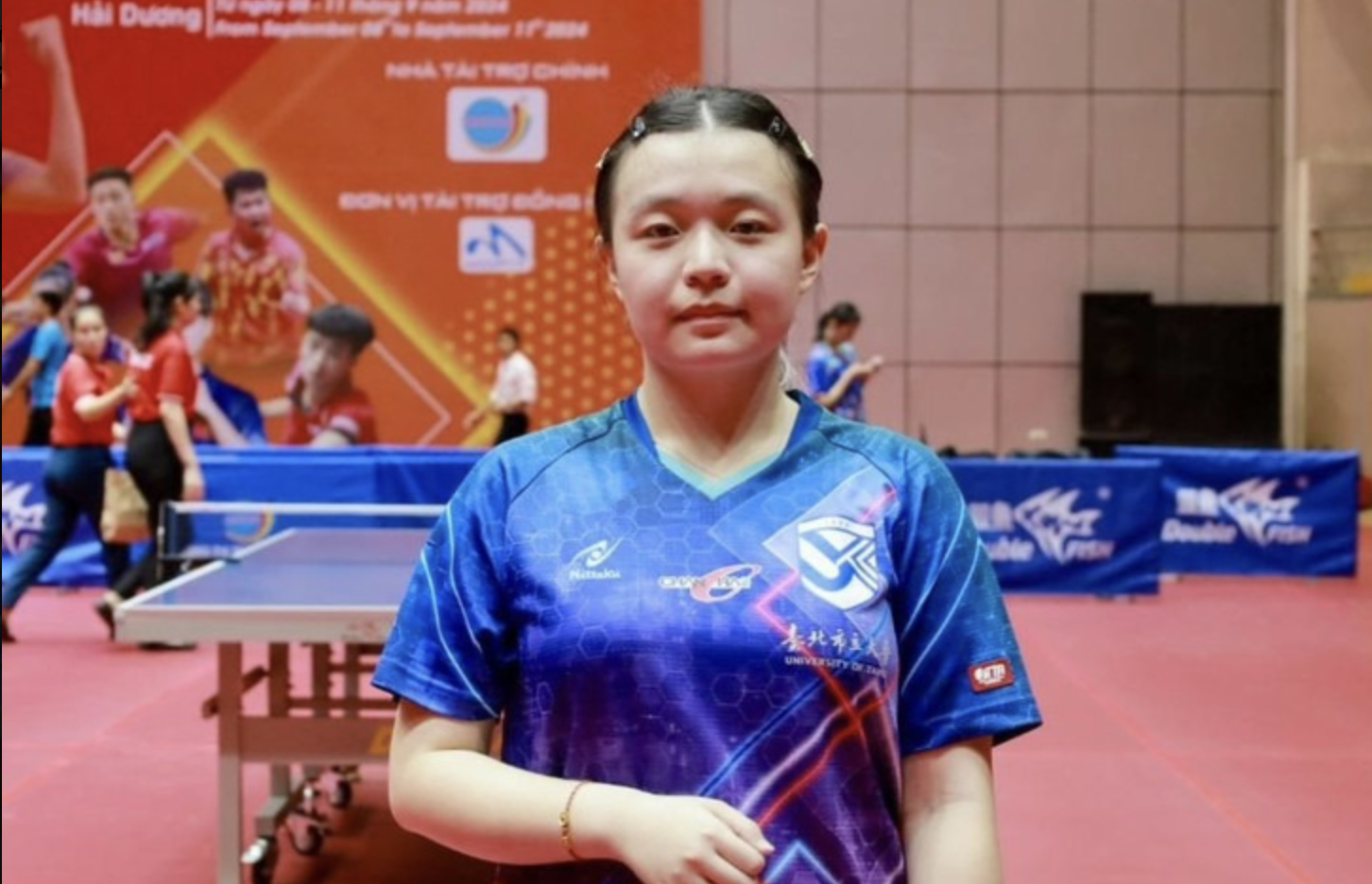
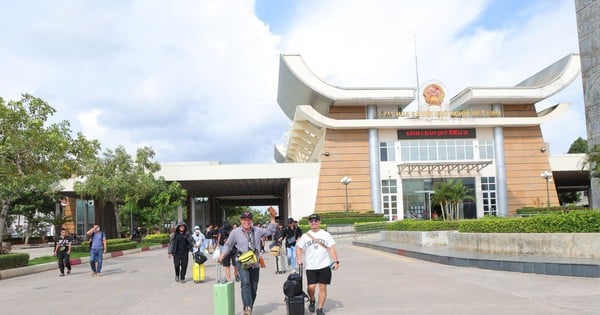







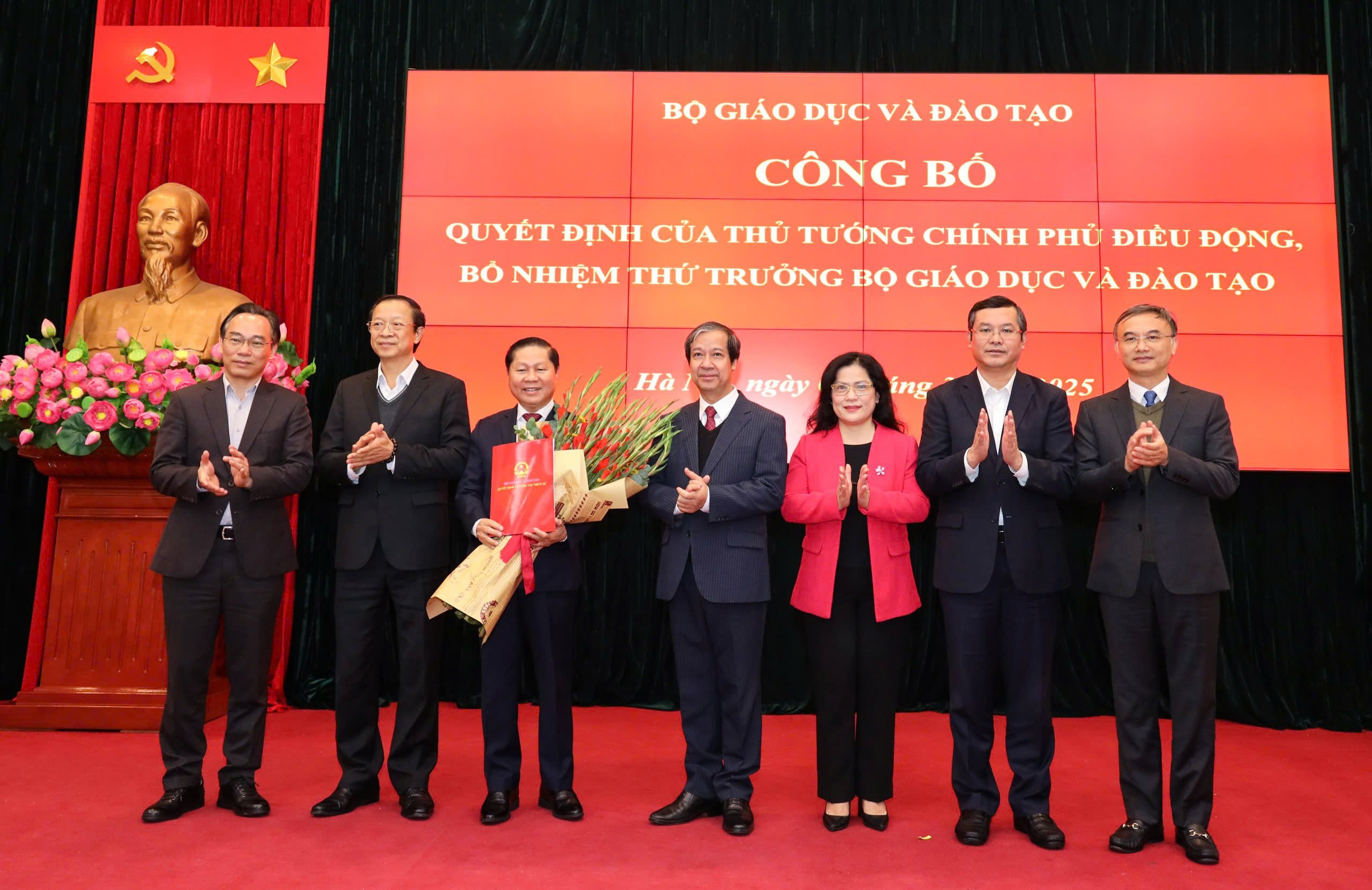










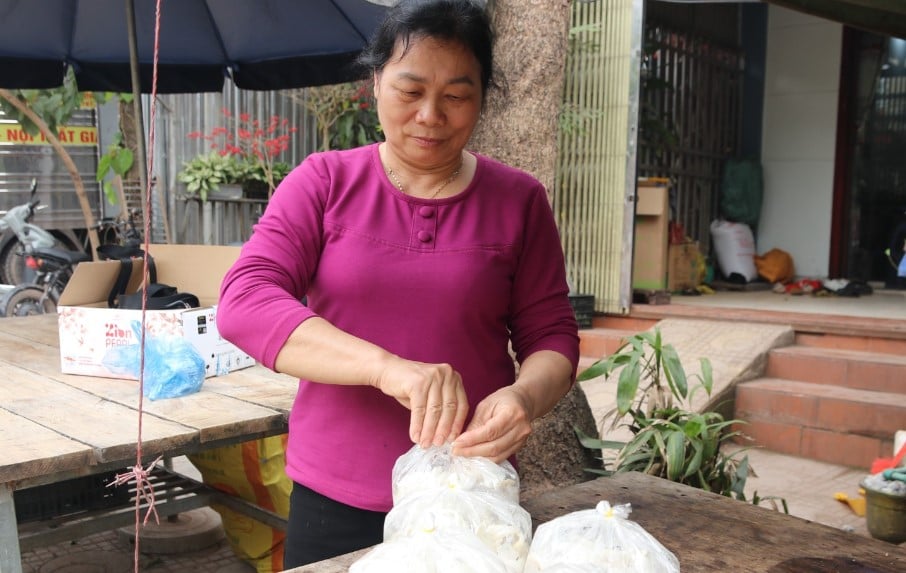





Comment (0)